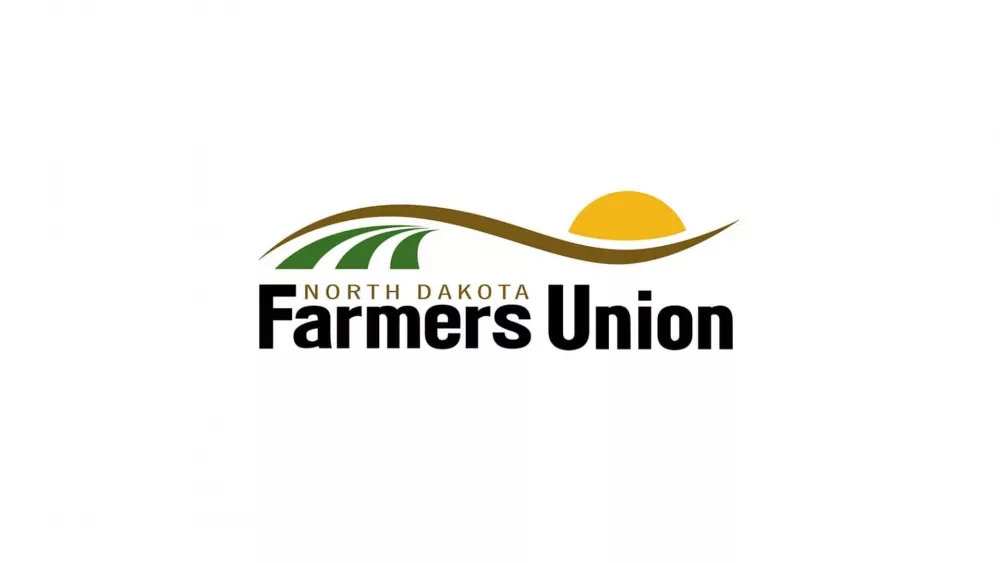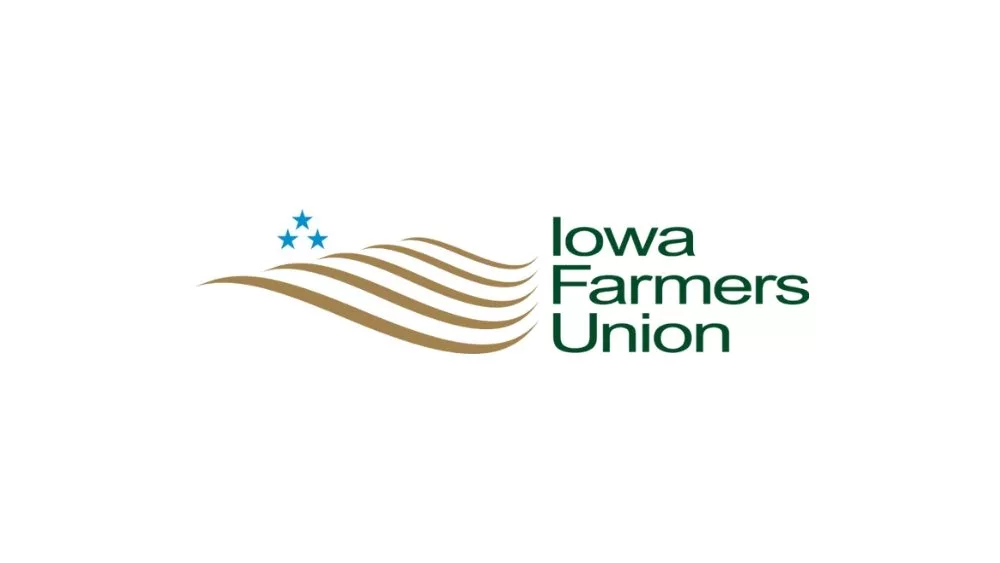RICE COUNTY, MN – A whole new world across the world.
One step off the bus at Matt Purfeerst’s farm in Rice County and the nine trade mission attendees visiting from China had their cameras out snapping pictures so they could hold onto memories of an agricultural setting they’d never witnessed before.
“My first reaction was, wow, U.S. farmland is very big compared to China. My hometown in China doesn’t have soybean farmland, so this was a great experience,” said Yan Gang Zhang, who attended the trip.
The collaborative visit arranged by the U.S. Soybean Export Council (USSEC), and supported by the Minnesota soybean checkoff, took attendees who all are employed in the swine industry in China through a tour of modernized farm equipment and a walk out to the field to analyze the soybean crop.
Last year, China purchased over $18 billion in U.S. soybeans. Roughly one in three rows of soybeans in Minnesota go to China.
“My goal is to show them that we are responsibly raising our crops,” said Purfeerst, who serves as a director with the Minnesota Soybean Growers Association. “China is a huge trade partner with us, so they’re taking a lot of our soybeans every year. We hope they are able to understand that we’re growing them right. We really appreciate the business they’re providing for us, because without them I don’t even want to know what the price of our soybeans would be.”
Calculators were on hand to help break down some of the Minnesota farmland acreage in hectares to help trade mission attendees wrap their minds around the soybean-filled landscape of the region and how many of those soybeans head overseas to their home country.
“China is a big soybean import market,” said Richard Han, technical director of USSEC. “In the last year, China imported about 100 million metric tons (MT) of soybeans.”
Feeling the bean picked from the field right in the palm of their hand was a special moment for those in China who heavily rely on U.S. soybeans to feed their swine and other livestock.
“They really have the opportunity to see the high production efficiency and sustainability at play here that helps promote U.S. soybeans,” Han said. “This visit is meant to be a setting for ideas to be exchanged and build trust, while learning about the soybean market.”
As it turns out, it wasn’t just a learning opportunity for attendees. Purfeerst, who expressed his appreciation for the knowledge the attendees gave to him about their practices, said it was a rewarding experience he hopes he will have again soon.
“We need to continue building partnerships with other countries,” he said. “That ultimately helps our demand side of it, so it’s great they’re coming here, and hopefully we can continue going over there and keep building that bond.”







